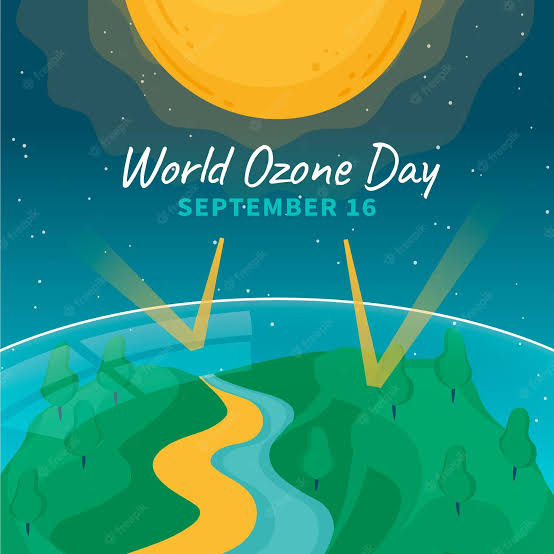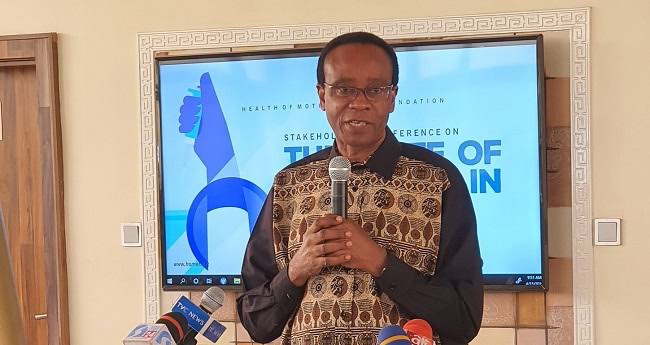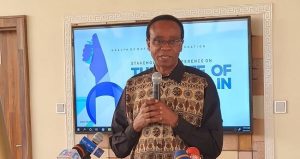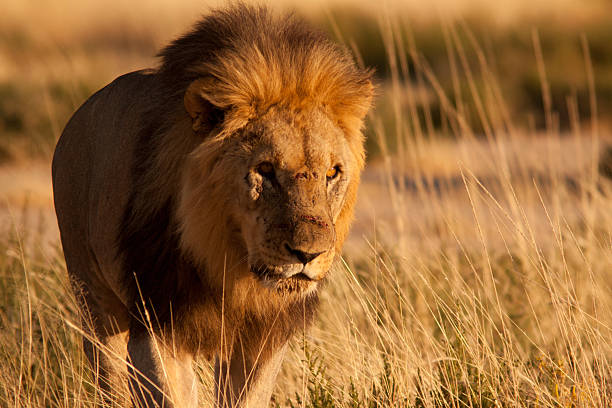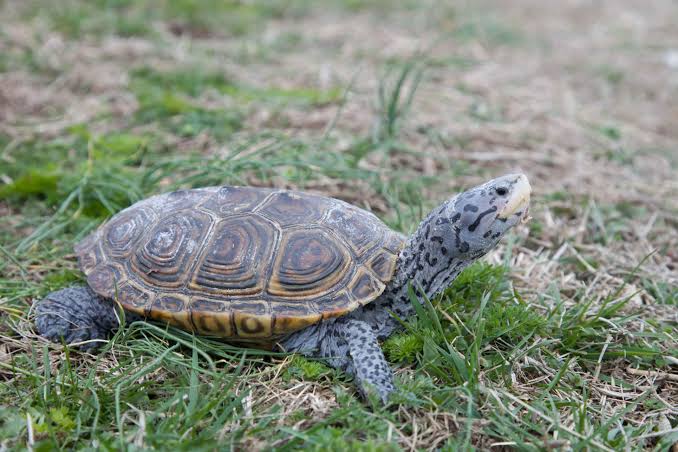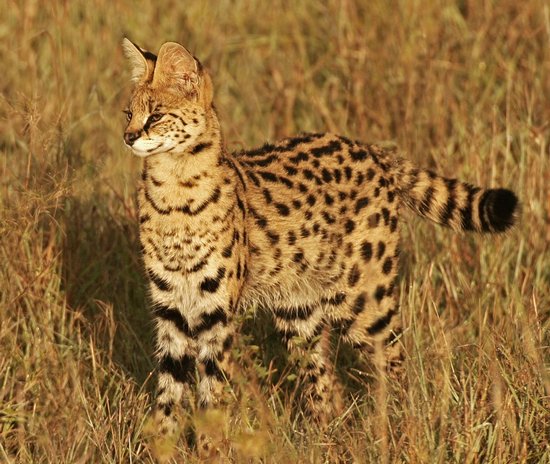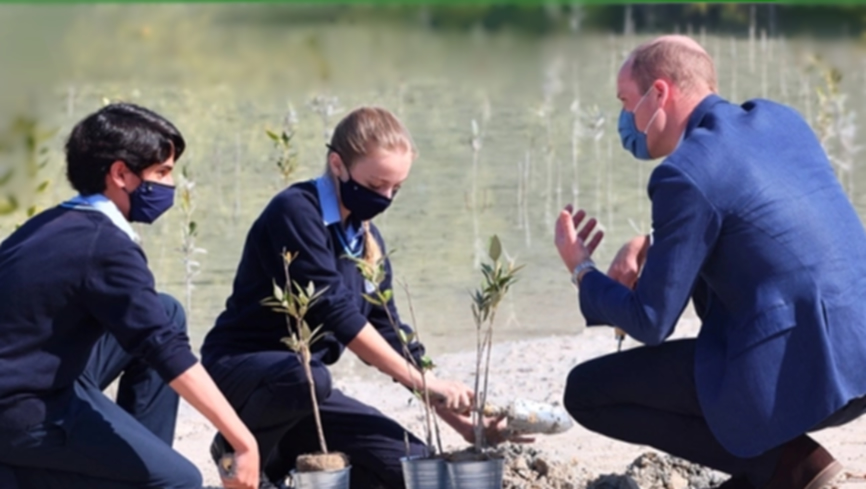In the commemoration of the World’s Lion day which took place on the 10th of August, we bring you these exciting facts to celebrate “the King of the jungle”.
The lion which is also known by it’s scientific name Panthrea Leo, is one of the most famous wild animals familiar to mankind. The strong, fearsome animal has it’s habitat essentially in Africa and India.
It’s physical features include a muscular, broad-chested body with a short rounded head, round ears and a hairy tuft at the end of it’s tail.
The male lions are differentiated from their female counterparts by their full and prominent mane among other characteristics of the lion which will be enumerated below.
1) Lions are hardy and adaptable animals and are thereby capable of living in dry regions such as the kalahari Desert. Here the lions depend on plants such as the Tsamma melon as a water source. They also survive on smaller preys like the porcupines more often than those living in lush environments.
The tan golden skin colour of the feline also aids its adaptability because that makes it possible for the animal to hide between tall grasses in the wild while stalking its prey. Added to that, the hue of the lion’s furry coat makes it possible for it to conceal itself from its enemies as it blends perfectly with the blades of grass around it.
2) The impressive looking mane wrapped cozily around a lion’s neck and chest is grown only by the male lions and this begins as early as three years of age. However, the manes serves more vital purposes than just aesthetics. They grow as long as 16cm and gives the lion a bigger and more imposing look than it normally has.
Added to that, as the lions grow older, the mane gets thicker and darker which are indicators of a strong and healthy male. Also the illusion of size the lion acquires courtesy of the mane makes it more attractive to the females and helps in scaring off potential rivals.
The mane is also an important armour which protects the lion’s neck and head in battles and while hunting.
Research has indicted that the thickness and size if the mane is influenced by environmental factors and not necessarily genetics. For instance local temperature can influence the growth of the mane.
Lions living in colder temperatures are likely to grow fuller and more attractive manes. On the other hand, lions living in hot climates have adapted to growing scanty manes or no manes at all for that matter.
3) Another fun fact about lions is their appetite. Lions are known to be carnivorous in nature that is, they only eat meat. They consume land animals such as zebras, antelopes, buffaloes etc. Large animals like elephants and giraffes also make it to the menu especially when they are injured or sick.
On occasion lions feed on leftovers or steal from other predators such as the hyena, wild dogs or leopards.
Lions are such voracious eaters that they can eat up to a quarter of their body weight in a single meal, which amounts to about 40kg of meat.
4) What is the life span of lions? Lions are known to live between 8-25 years. In the wild they survive for 8-10 years unlike those in captivity who live for up to 25 years.
The life expectancy of lions in the wild is shortened by the fact that young male lions are often kicked out of the pride at tender ages. Additionally, there are regular fights to defend the lion’s position in the pride which may result in death.
The females nevertheless have a better chance at a longer lifespan than the males
Adult males lions are also known to commit infanticide when they overthrow a new pride. They kill off all the cubs to begin a new family carrying only his genes.
5) Now let’s talk about the hair-raising roar of the lion.
The roar of the lion is a means of communicating with other members of the pride, in addition to send a warning message to other lions outside the pride that the territory is already occupied.
The roar of the lion is measured at 114 decibels which occurs at a level twice higher than the amount of safe hearing for humans and can be heard from 8km (5miles) away.
The roar is also estimated to be 25 times louder than a petrol powered lawnmower.
These are just a few among the numerous fun facts to be learned about the majestic feline. It behoves on us all to come together to protect the lion and other animals that are susceptible to human attacks by refusing to hunt them down and desist from activities that contribute to the loss of their habitats .
